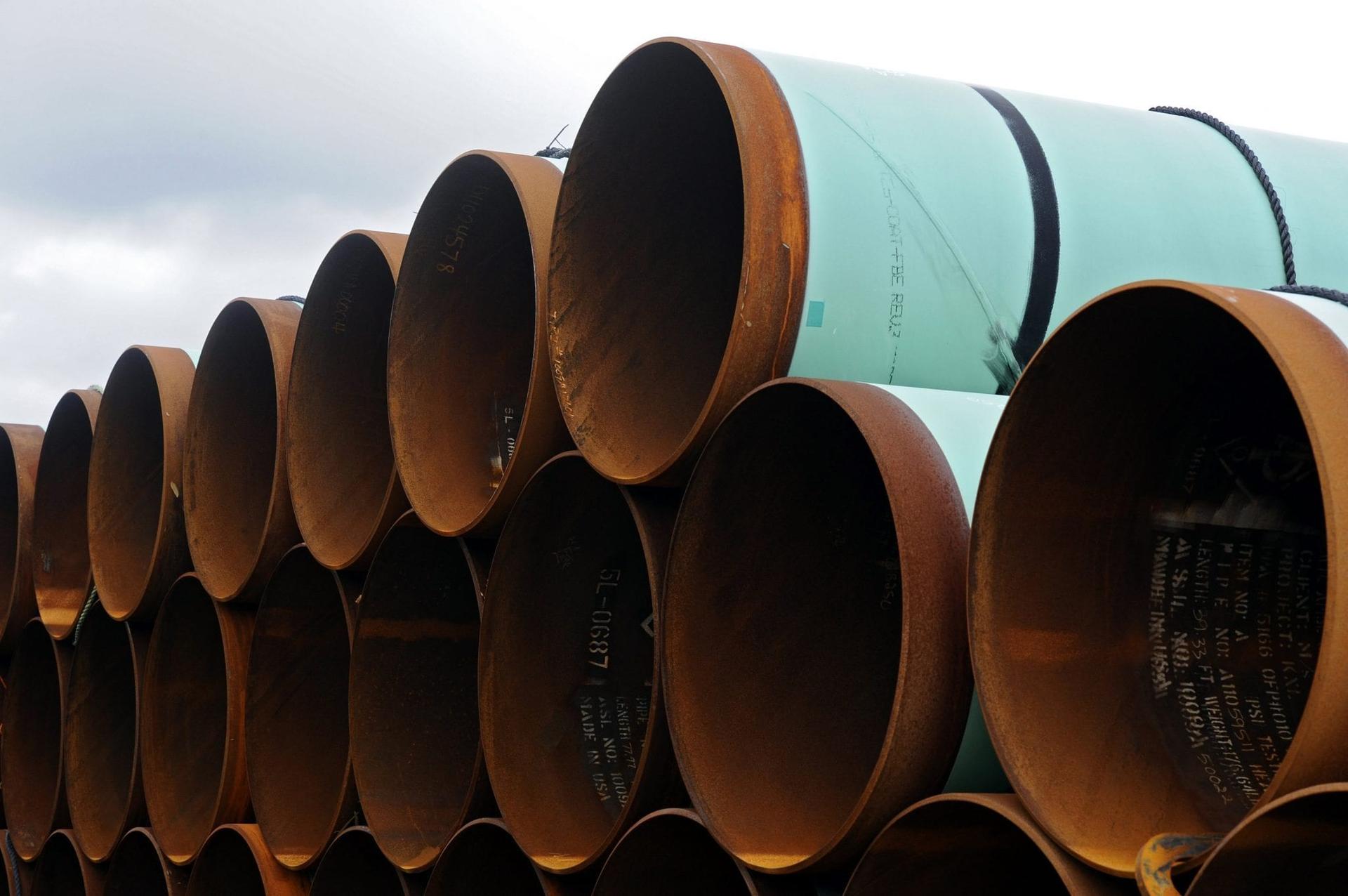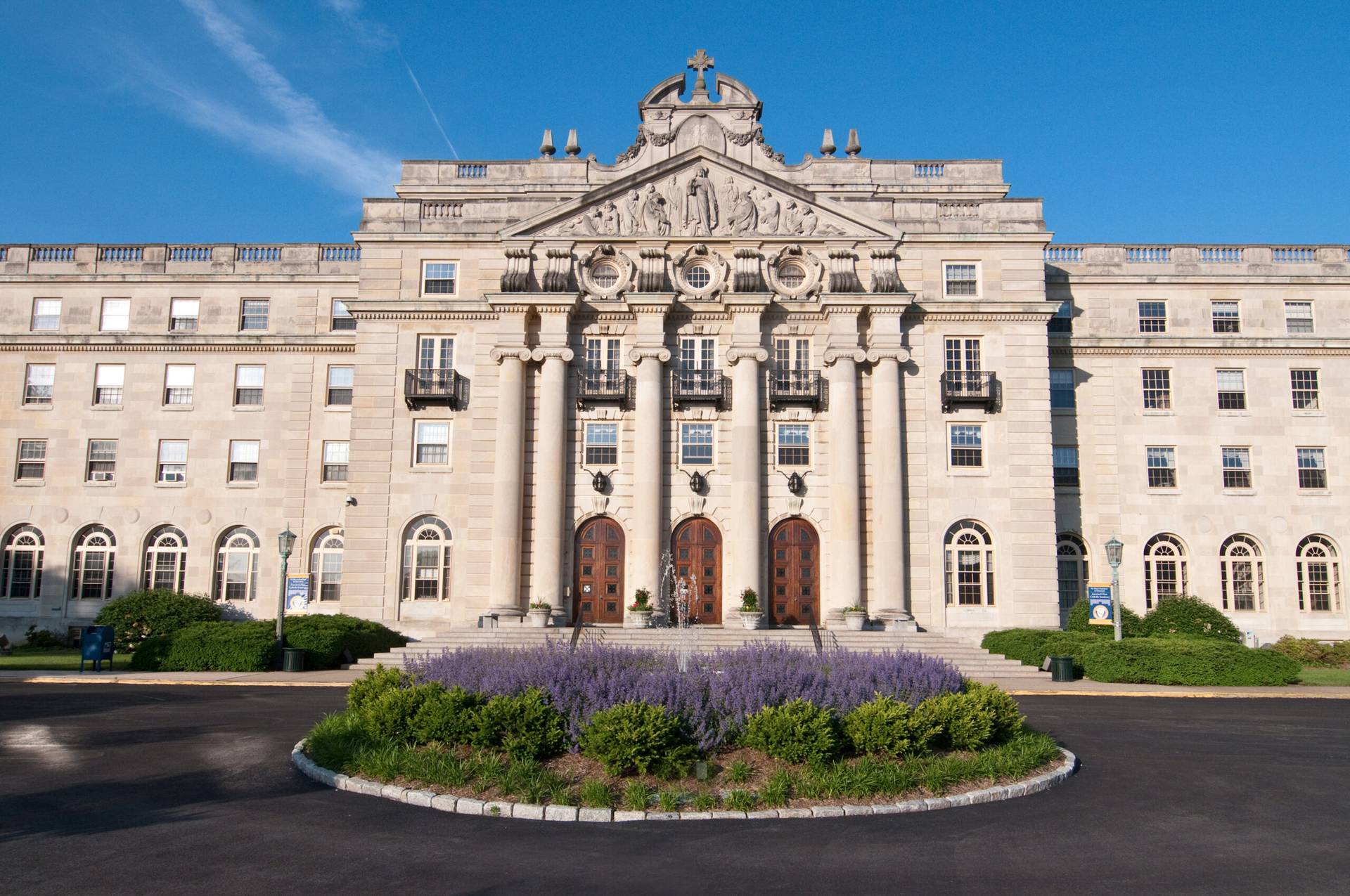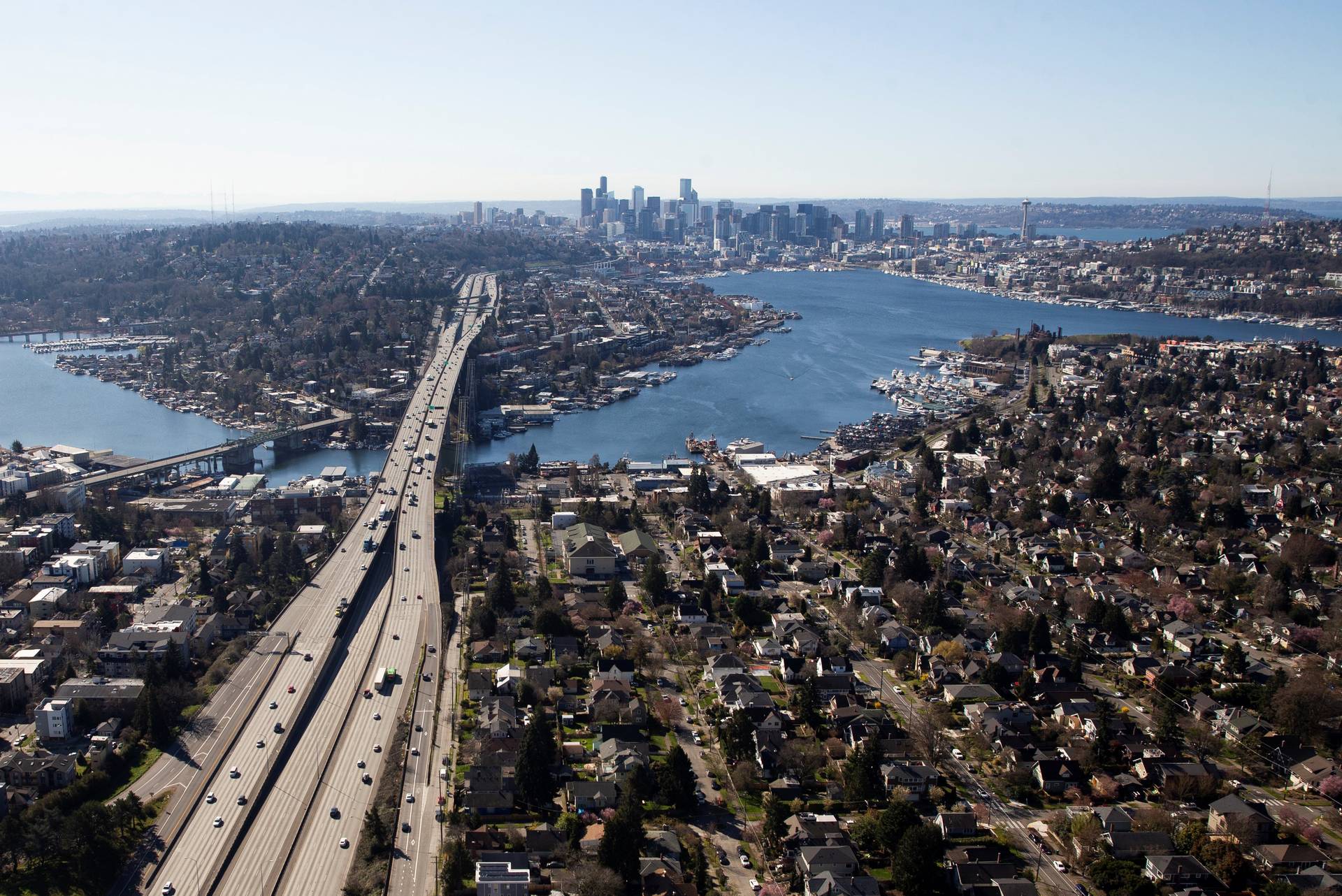With the Dakota Access Pipeline protest, and the recent approval of Keystone XL by the Trump administration, pipelines have been in the news.
Most of the time, the talk is about how they are bad for the environment, and protests have in fact stopped work on both projects.
But are pipelines really as bad as they are portrayed, especially from a Catholic perspective?
They may not be perfect, but overall they actually seem better than the alternative, and match the vision set forth in Pope Francis’s ecological encyclical Laudato Si’.
Oil is only mentioned once in Laudato Si’, where Francis speaks about the tension between fossil fuels and renewables.
“We know that technology based on the use of highly polluting fossil fuels – especially coal, but also oil and, to a lesser degree, gas – needs to be progressively replaced without delay,” he writes, realizing that such a switch will not happen overnight.
His realism comes out in the following sentence: “Until greater progress is made in developing widely accessible sources of renewable energy, it is legitimate to choose the less harmful alternative or to find short-term solutions.”
And this is where pipelines have a role to play: They are less harmful than other ways of delivering oil.
This, of course, assumes proper government regulation to protect the poor and the environment from oil companies’ drive for profits. The pontiff mentions this fact, calling for “adequate regulations or controls,” to protect groundwater from pollution.
Francis does not mention pipelines explicitly, but one can’t help but think about the 2010 devastating pipeline accident when a burst pipe near the Kalamazoo River sent nearly a million barrels of oil downstream, resulting in a $1.2 billion cleanup operation, and leading to $177 million in fines.
As horrible as this accident was, pipelines are still less risky than other methods of transporting oil. To get landlocked crude oil to market, there are three methods: Truck, train, and pipeline; and pipelines lead to less spilled oil, not more.
Rail transport accounts for 4.5 times as many spills for amount per distance, and trucks are even worse.
Even more important, is where the oil goes when an accident happens. Pipelines tend to be put in uninhabited areas, while rail lines and major highways often go through cities and towns. In 2013, the Lac-Mégantic rail disaster killed 47 people when a 74-car freight train carrying crude oil derailed in the middle of a town in Quebec, Canada. Later that same year, thousands of people were evacuated from Casselton, North Dakota, when an oil train caught fire just outside of town. This sort of thing happens several times every year!
Pipelines are also safer for the people who work in the industry. Rail workers transporting oil have 30 times the number of hospitalizations from work-related injuries. It is 37 times for truck drivers.
Pipelines are also better for the environment in other ways. The method of transport leaves a much lower carbon footprint than shipping by rail, or even worse, by truck.
And it is not only a smaller carbon footprint pipelines leave behind. Once built, a pipeline is usually 4 feet underground, so the only effect on the environment is a 100 foot wide swath without trees to prevent roots from damaging the pipeline. Think of the permanent damage done when building a road or rail line.
Not only is this better for the landscape, but animals face no obstacles in their path, and don’t have to worry about being hit by a vehicle.
And finally, pipelines are far cheaper: running between half and a third of the cost of rail, with transporting by truck being far more expensive.
Are pipelines ideal? Of course not.
We must work harder to make renewable energy – such as solar and wind power – more affordable by subsidizing production, and investing in research and development.
However, the United States Energy Information Agency estimates that only 11% of world energy currently comes from renewable sources, and that will only grow to 15% by 2040; but energy consumption will grow by over 50% in that time.
That means, for the moment, we are stuck with fossil fuels, and should transport them in the way which will cause the least harm for the environment and people, especially the poor.
Using Laudato Si’ as my guide, I have come to the conclusion the best way to do this is by using well-managed – and stringently regulated – pipelines.
















